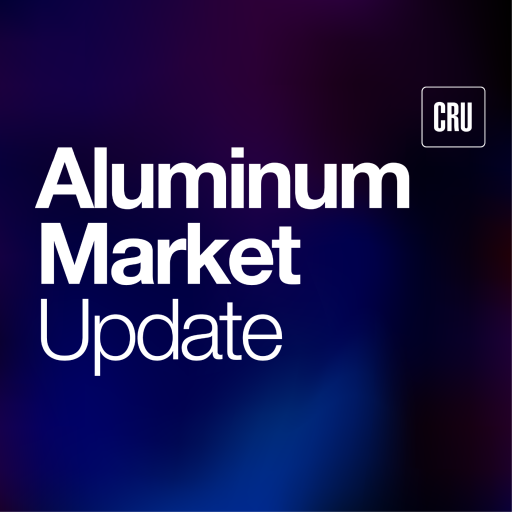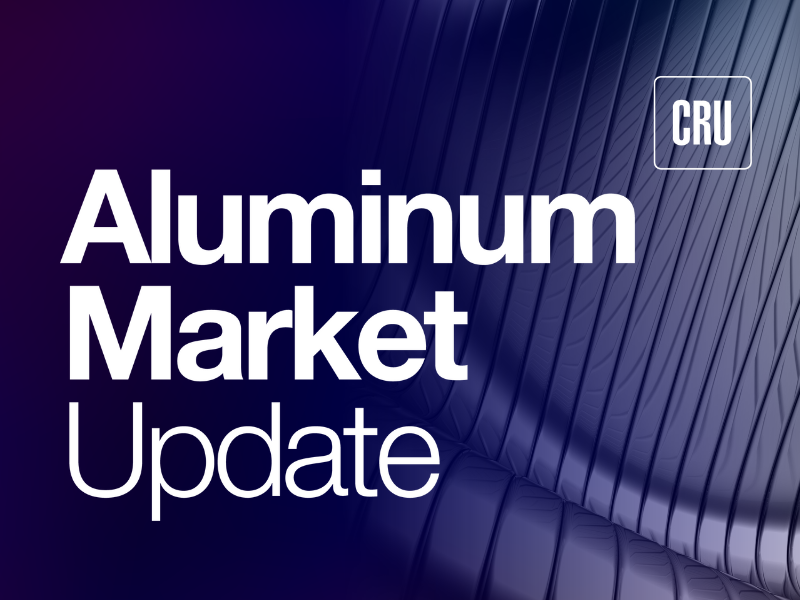Aluminum Scrap Markets

November 6, 2025
Novelis' North American margins slide despite record premiums
Written by Nicholas Bell
Novelis’ second fiscal quarter showed record aluminum premiums and higher prices weren’t enough to protect margins in its core North American market. Shipments slipped and earnings fell sharply as company-wide revenue rose at a double-digit pace.
Shipments
Total quarterly flat-rolled product shipments were 941,000 metric tons (t), roughly unchanged from 945,000t in the year earlier period.
Beneath that figure, the North American region logged a 7% decline in shipments, with deliveries falling to 369,000t from 396,000t in the prior year period. Sequentially, the North American volumes declined from 389,000t.
For context, the Oswego outage occurred late in the quarter, meaning the facility was offline for only about two weeks of the reporting period. Based on CRU Group’s estimates of Oswego’s capacity utilization, taking their anticipated output by product type against the facility’s nameplate capacity, the disruption would account for only a minor share of the quarter-to-quarter decline in North American shipments.
In other words, Oswego’s late-quarter outage explains only a small portion of the regional shipment pullback, indicating other factors at play like demand-side trends or operational adjustments.
Novelis cited reduced beverage and specialty product deliveries amid the Logan Aluminum mill’s post-expansion ramp-up as a contributing factor for the decline in regional shipments.
Novelis didn’t elaborate on the “ramp-up” it referenced, other than noting it cause operational limitations that constrained beverage-packaging shipments in the quarter. A spokesperson later clarified to AMU the comment pertained to the 80,000t Logan Aluminum debottlenecking project announced in 2022, which began commissioning in early fiscal year 2026.
The remaining drop in shipments could likely be the impact of the company’s closure of its Richmond and Fairmont plants in the prior quarter.
Costs and margins
Company-wide cost of goods sold for the fiscal quarter slightly outpaced corresponding revenue figures, increasing 11.5% year over year amid a 10.5% increase in net sales figures. Total metal input costs increased by nearly $400 million as a result of unfavorable scrap pricing and higher settlements on the London Metal Exchange (LME), or a higher baseline cost for aluminum.
Conversely, favorable scrap pricing was a tailwind for the North American division’s results. Regional revenue grew by 19% over the same period. Yet, North America’s adjusted earnings before interest, taxes, depreciation, and amortization (EBITDA) plunged by 38% against an 8.6% increase at a company-wide level.
The earnings reconciliation table shows weaker shipment volumes reduced North American earnings by $34 million, while higher conversion costs subtracted another $46 million compared to the prior year. Those headwinds were only partly offset by gains in conversion premium and product mix, which added about $31 million and largely reflected higher Midwest premium pricing.
The $31-million gain in conversion premium and product mix represented roughly 17% of the prior-year EBITDA for North America, compared with an $8 million increase in Europe that equated to about 22% of its 2024 baseline.
The disproportion expressed on a percentage basis illustrates how even record Midwest premiums and improved pricing power could not offset the region’s structurally higher costs from tariffs, logistics, and similar expenses largely attributable to the tariff regime’s impact on the localized aluminum market.
In the end, North America still had a weaker margin recovery than its European counterpart, despite the much higher absolute number.
Market prices
Based on the company’s pricing disclosure, the average LME cash price during the quarter rose about 10% year over year, from about $2,617 per metric ton from $2,383/t last year, while the weighted-average local market premium (LMP) surged 143% to $771/t from $317/t.
That spike is the outsized influence of the U.S. Midwest premium, which has roughly quadrupled to quintupled since the same period last year.
Because North America accounts for a large share of Novelis’ global net sales, and its transactions in the region are priced on the Midwest transaction price basis, any weighted average would skew toward that higher regional value.
Inventory
Novelis logged an uptick in inventory figures in the quarter, jumping to $3.4 billion compared to $3.1 billion the previous year.
If valued solely on the average LME cash price for the quarter ($2,617/t), the roughly 10% increase in base metal pricing would account for most of that change, inferring the rise largely reflects valuation effects rather than a buildup in physical stock.
However, if the company’s inventory is valued on a LME + LMP basis, which aligns with standard international accounting reporting, the picture changes.
Adding the average local premium per ton ($771/t) to the LME priced yields and implied composite of about $3,388/t, up more than 40% year over year.
At that rate, the uptick in inventory value would exceed $500 million, suggesting the entire reported increase – and possibly more – can be explained by price inflation alone.
In practical terms, that would mean the actual tonnage on hand likely declined slightly, even though the company’s balance sheet shows a higher nominal value. To be clear, Novelis does no disclose whether its inventory is valued at a quarterly average, the end-of-period price, or upon receipt of material. These calculations are only intended to demonstrate the different between tonnages and valuations.
Inventory inferences
Sometimes, when a company is drawing down physical inventory, it’s because they stop new purchases and decide to sell existing stock. Other times, if they anticipate weak demand and that prices are going to fall, they’ll also draw down inventory.
What’s notable about Novelis’ situation is the company is preparing to commission Bay Minette, a mill of massive scale, which would likely require some extensive inventory building.
Yet Novelis’ inventories are effectively flat-to-down in physical terms when price effects are stripped out.
If inventory is be held steady or drawn down while prices are high and demand is weak, alongside a new mill coming online, it could signal the company doesn’t expect a near-term rebound in order volumes and could be deferring major raw-material purchasing.
Operational updates
As AMU previously reported, the Oswego hot mill is scheduled to restart in December. Novelis expects the second half of the fiscal year to log a cash-flow impact of $550 million-$650 million and an EBITDA effect of $100 million-$150 million, most of which should be recoverable through insurance.
“The fire’s impact was contained to the hot mill and the building structure around it. All other areas of the plant – recycling and casting, cold rolling, automotive finishing, and shipping – were unaffected and production in these areas has continued,” the company said on the earnings call.
Novelis is leveraging external supply agreements and European rolling capacity to mitigate customer disruption, which include air-freighting coil in some cases.
At the same time, the Bay Minette rolling mill remains on track, with cold-mill commissioning anticipated in Q4 FY2026 (January-March 2026) and full production in the second half of the calendar year (July-December 2026).






